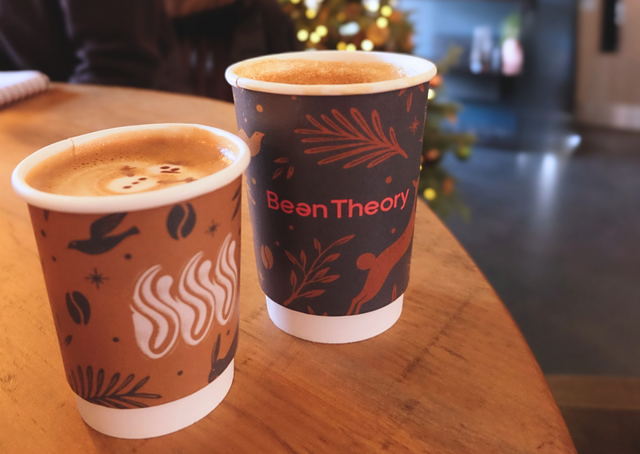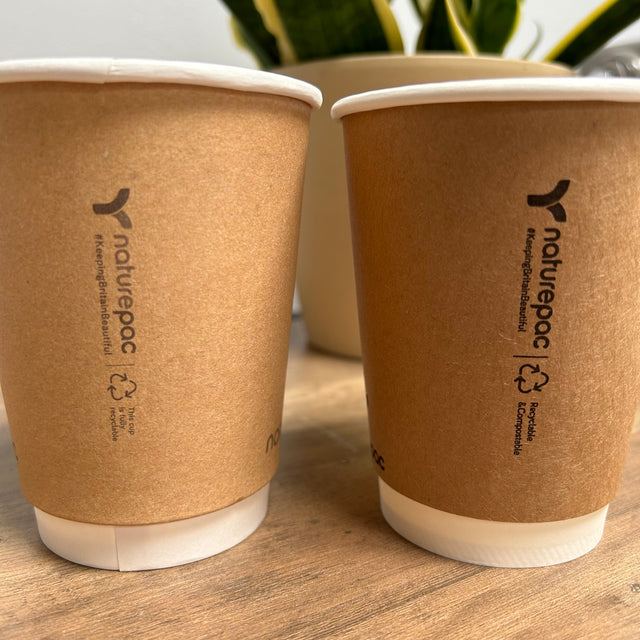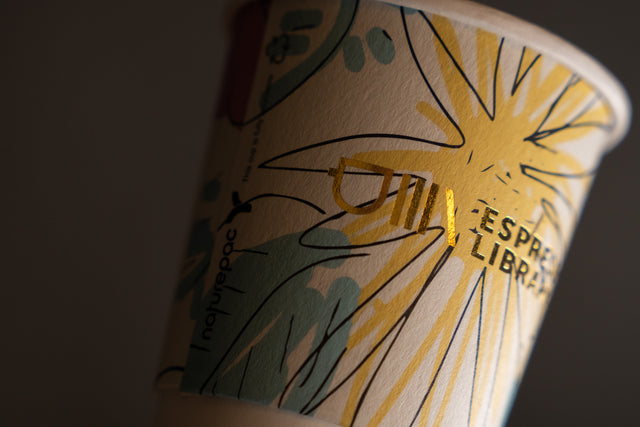
This is part of our Sustainability as a Journey Mission...
We are reminded daily on the news and through our social feeds that climate change is happening all around us. It is affecting all our lives and will impact the way in which future generations are able to live. Slowing the rate of climate change through reducing the amount of greenhouse gasses we emit is well documented. We hear about global climate summits and countries setting emission goals but is anything happening now? The UK has a target of nett zero by 2050. To ensure this happens government, businesses and individuals need to all play their part to help achieve this ambitious target. Reducing carbon is something that business and individuals can do now to help affect this change. At Naturepac we want to help drive change too, so towards the end of 2021 we decided that we should understand what our carbon footprint is how to reduce it and if possible, become a carbon neutral company.
Having never undertaken a project like this before it seemed a daunting task, it was obvious we would need help to fully understand what was required and ensure that we were following best practice. After some research, we decided to partner with My Carbon Consultants, they are a young fast-growing company and after talking with their founder Toby Green we discovered we shared similar values which made them the perfect fit for Naturepac. My Carbon would help us understand the process and what data we could use to run the calculations; this would then allow us to set a baseline for our carbon footprint in 2021. Once we had this baseline year data, we could then identify where we could reduce our emissions and set out a strategy how best to achieve this then any remaining carbon would be offset.
Becoming carbon neutral was still the goal but understanding what this meant was fundamental in ensuring we could do this properly. After further investigation, a company or organisation can call itself carbon neutral by offsetting scope 1 and scope 2 emissions. This was clearly something we needed My Carbons input on as we did not fully understand the difference between scope 1, 2 and 3 emissions. Scope 1 covered direct emissions, for us that meant the gas we use to heat our offices and the fuel we use in all non-electric company vehicles. Scope 2 covered indirect purchased emissions, for us that was the electricity we use in our offices and warehouse. Scope 3 covered all other business activities including purchase of goods and services, transportation and distribution of goods or services, waste generated in operations, business travel, employee commuting. Now we understood what scope 1, 2 and 3 were, it did not feel right to call ourselves carbon neutral if we were not offsetting the carbon for our products too. We now knew we needed to calculate scope 1, 2 and 3 emissions then decide if we would be able to offset our total emissions.
We had a clear idea of what we needed to do, now we needed to find the best way to do it. It is acceptable to use several different data sets to calculate your carbon footprint and we had data available from the various software systems we use to run our business. Accuracy was essential, so we decided to use data from our accounting system as this is used to produce our filed accounts. The data set we chose was spend by material type as this was the best way for us to identify the diverse types of products and services, we purchase and provide.
My Carbon supplied some particularly useful spreadsheets to help with collecting the data and after a few weeks we had information for our consumption of gas, electricity, and fuel (Scope 1 and 2) as well as for all our other business activity including all business travel including employee travel to and from work, employee home working, all professional service i.e., banking, marketing accounting software etc, materials and products purchased, storage and distribution. This information would now allow us to calculate the carbon associated with the operational side of the business as well as the manufacture of the materials used to make the products we sell, the transportation of goods from our suppliers to our warehouse, delivery of our products to our customers and the disposal of our products at the end of their life.
It took about a month for My Carbon to run the calculations and produce our GHG emission report and it made for some interesting reading. Our total emissions were 782.34 tonnes CO2e. Our scope 1 and 2 emissions accounted for only 1% of this total and our biggest sources were distribution and surprisingly our paper and cardboard products that ended up in landfill. I spoke to My Carbon for some clarification on the paper and card emissions. The percentage of material sent to landfill was based on DERFA’s data for waste streams, which highlight the need to improve recycling rates. The reason that paper and card emissions were so high was because, in landfill methane is released as the material breaks down and methane is 28 times more damaging than carbon dioxide.
Now we knew what our total was we had to decide if we were going to offset some or all our emissions, this would depend on how much the carbon credits would cost. The aim was still to go for carbon neutral, but it needed to be finically viable too. My Carbon were again an immense help to us understanding the two types of carbon credits available. The first is carbon removal, these are projects that directly remove carbon from the atmosphere and lock it away. They can be nature based such as reforestation or mechanical which involves pumping carbon underground where it is permanently stored. These types of credits can be expensive, and the credits available tend to be well into the future, sometimes 10 years plus. The second type are carbon avoidance credits, these are projects which avoid emitting carbon in the first place, these can be cheaper and are available immediately. The quality of both direct capture and avoidance credits varies from project to project so it was important that we purchased the best quality we could afford.
After reviewing all the options available to us we decided to purchase 800 tonnes of UN approved carbon reduction credits for a project in South America, these credits were available immediately. It was not ideal for us as we would have liked to have gone with credits in a UK based project, but nothing was available for several years. My Carbon purchased the credits on our behalf and sent the carbon credit retirement certification a couple of weeks later.
Naturepac's products and services are now carbon neutral in fact as we offset more carbon than we emitted in 2021 we are carbon negative. The next stage for us is to establish a carbon reduction strategy for both our business activities and our products and improve the quality of the data we use for our annual calculations. We are currently working on our 2022 carbon emissions and will work hard to improve and refine the process over the coming years.
Our carbon journey has been both interesting and challenging and we would enjoy sharing our knowledge and experience to help you in your journey to carbon neutrality.



